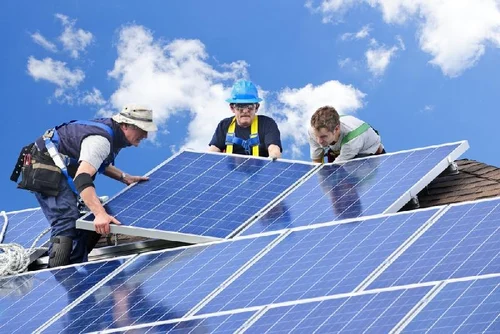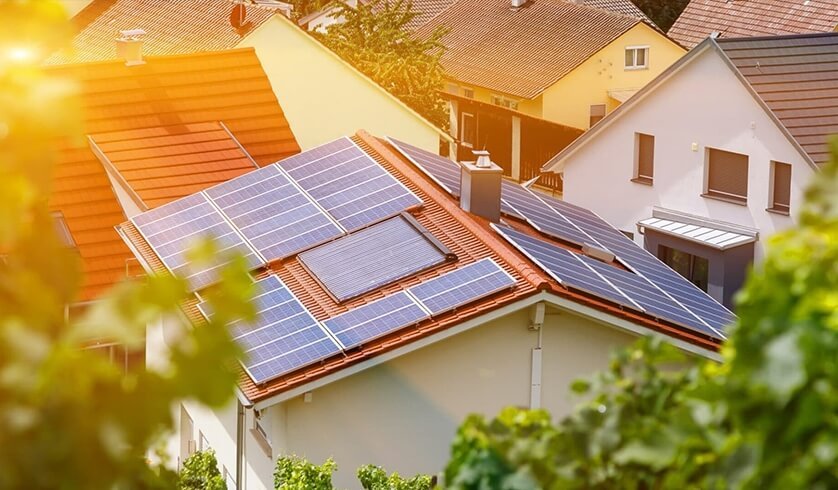Are you curious about how much a 150-watt solar panel costs in Pakistan? Well, let’s dive into it together! Solar panels are like magic boxes that capture sunlight and turn it into electricity. They’re super cool and can help save money on electricity bills while being friendly to the environment. Let’s explore what you need to know about their prices in Pakistan.
Understanding the Basics
Understanding the basics of solar panel pricing in Pakistan involves considering factors such as quality, brand, and efficiency. On average, a 150-watt solar panel in Pakistan can range from PKR 10,000 to PKR 25,000, depending on these variables. Lower-priced panels may sacrifice quality or efficiency, potentially leading to shorter lifespans or reduced energy generation. Conversely, higher-priced panels often offer better performance and durability. Additionally, market demand, government incentives, and import tariffs can influence pricing. It’s crucial to research reputable suppliers and assess long-term benefits to make an informed decision when purchasing solar panels in Pakistan.
What’s a 150-Watt Solar Panel?
First things first, let’s understand what a 150-watt solar panel is. Think of it like a big square that sits on your roof or in your backyard, soaking up the sunlight. It’s kind of like a superhero that turns sunlight into electricity! The “150 watts” part tells us how much power it can make.


How Much Does It Cost in Pakistan?
Now, let’s talk about the exciting part: the price! In Pakistan, the cost of a 150-watt solar panel can vary depending on a few things, like where you buy it and what brand it is. On average, though, you might expect to pay around 10,000 to 15,000 Pakistani Rupees for one panel. That might sound like a lot, but remember, it’s like buying a little sunshine generator that can save you money in the long run.
Why Should You Consider Getting One?
So, why should you think about getting a 150-watt solar panel? Well, there are lots of reasons! First off, it’s great for the environment. Using solar power means we don’t have to burn dirty fuels like coal or gas, which can harm the Earth. Plus, it can save you money on your electricity bills! Once you’ve got your solar panel set up, it’ll keep making electricity for years and years, all for free from the sun.


Where Can You Get Them?
Now that you’re excited about solar panels, you might be wondering where to get one. You can find them at stores that sell solar equipment, or you can even buy them online. Just make sure to do some research and read reviews to find a good one that fits your needs and budget.
All About 150-Watt Solar Panels
Solar panels come in various sizes and capacities, and a 150-watt solar panel is one of the popular options available in the market. Let’s delve into what makes these panels special and why they’re a great choice for many solar energy enthusiasts
Size and Design
Despite their relatively small power output compared to larger panels, 150-watt solar panels are still quite efficient and can generate significant electricity. They typically measure around 1.5 square meters in size, making them suitable for both rooftop and ground-mounted installations.
Understanding the capacity
A 150-watt solar panel refers to its power output under standard test conditions. This rating indicates how much electricity the panel can produce when exposed to full sunlight. It’s important to note that the actual output may vary depending on factors like sunlight intensity, angle of sunlight, and weather conditions.
Ideal for residential use
150-watt solar panels are often chosen for residential applications, such as powering homes, cabins, RVs, and small off-grid systems. They can also be used for lighting, charging small electronic devices, and running low-power appliances.
Compact and versatile
These panels are typically compact in size, making them suitable for installations where space is limited. They can be easily mounted on rooftops, ground mounts, or integrated into portable solar kits. Their versatility allows for flexible installation options to maximize sunlight exposure.
Durability and longevity
Quality 150-watt solar panels are designed to withstand harsh environmental conditions, including extreme temperatures, wind, and precipitation. They are typically made with durable materials like tempered glass, aluminum frames, and weather-resistant back sheets, ensuring long-term reliability and performance.
Understanding the Limitations of a 150-Watt Solar Panel
A 150-watt solar panel can power a variety of devices or appliances, depending on their power consumption and the amount of sunlight available. Here are some examples of what you could run with a 150-watt solar panel.
Lights: LED lights consume relatively low power, so you could power several LED light bulbs with a 150-watt solar panel.
Fans: A small fan or ventilation system could be powered by a 150-watt solar panel.
Water Pump: Depending on its power requirements, a small water pump for irrigation or a fountain could be operated with a 150-watt solar panel.
Small Electronics: Devices like cameras, small televisions, or portable speakers could be powered by a 150-watt solar panel.
RV or Boat Appliances: In recreational vehicles (RVs) or boats, a 150-watt solar panel could power lights, small appliances, or charge onboard batteries.
| Brand | Model | Price Range (PKR) |
|---|---|---|
| SunTech | ST-150A | 9,800 – 12,300 |
| XYZ Solar | XYZ-150 | 9,000 – 12,000 |
| SolarTech | ST-150 | 10,500 – 13,500 |
| SunPower | SP-150 | 11,000 – 14,000 |
| BrightSun | BS-150 | 9,500 – 12,500 |
| GreenEnergy | GE-150 | 10,200 – 13,000 |
| SunTech | ST-150A | 9,800 – 12,300 |
| PowerMax | PM-150 | 10,000 – 13,000 |
Frequently Asked Questions (FAQs)
Conclusion
In Conclusion , the availability of 150-watt solar panels in Pakistan offers a promising path toward clean energy adoption. While they come at an accessible price, it’s crucial to understand their limitations. Users should consider additional equipment like batteries and inverters to maximize their benefits. With thoughtful planning, these solar panels can play a key role in reducing reliance on traditional energy sources and promoting sustainability in Pakistan.






